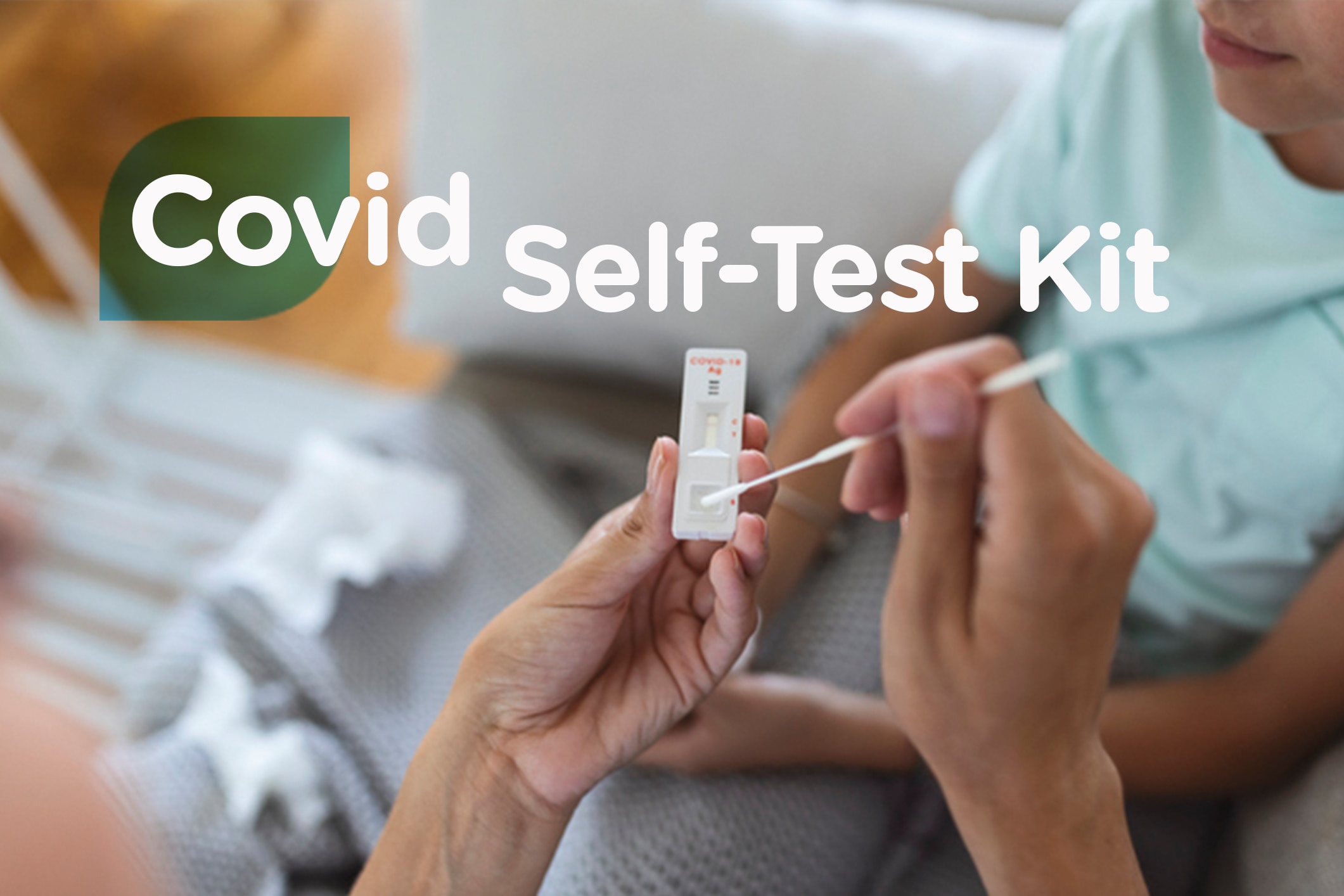Covid 19 infection & recovery timeline
In general, there are 3 phrases of infection with COVID-19: the Incubation Period, Acute Period & Recovery Period.
- Incubation period: It means the time of being infected and when symptoms spear. Generally, symptoms start 2 to 14 days after infection although the incubation period varies among individuals and depends on the variant. It is important to note that once infected, you are contagious and could infect others during the incubation period even if you have no symptoms.
- Acute period: Once symptoms appear, you have entered the acute stage. You may have fever, cough and other COVID-19 symptoms. On average, COVID-19 patients with mild symptoms should begin to see improvement after two weeks. Those with more severe symptoms may feel unwell for up to six weeks. Of course, the recovery period can differ from person to person.
- Recovery period: COVID-19 symptoms, such as lingering cough, on and off fever, weakness, and changes to your senses of smell or taste, can persist for weeks or even months after you recover from acute illness. Persistent symptoms are sometimes known as long COVID-19.
How long will I be infectious?
According to CDC, Available data suggest that patients with mild-to-moderate COVID-19 remain infectious no longer than 10 days after symptom onset.
Most patients with more severe-to-critical illness likely remain infectious no longer than 20 days after symptom onset.
It’s also crucial to isolate yourself as you’re recovering, especially from family members in your home. Stay away from public places (unless necessary for a medical appointment). As instructed by CDC, the suggested isolation period are as below:
- Children and adults with mild, symptomatic COVID-19: Isolation can end at least 5 days after symptom onset and after fever ends for 24 hours (without the use of fever-reducing medication) and symptoms are improving, if these people can continue to properly wear a well-fitted mask around others for 5 more days after the 5-day isolation period. Day 0 is the first day of symptoms.
- People who are infected but asymptomatic (never develop symptoms): Isolation can end at least 5 days after the first positive test (with day 0 being the date their specimen was collected for the positive test), if these people can continue to wear a properly well-fitted mask around others for 5 more days after the 5-day isolation period. However, if symptoms develop after a positive test, their 5-day isolation period should start over (day 0 changes to the first day of symptoms).
- People who have moderate COVID-19 illness: Isolate for 10 days.
- People who are severely ill (i.e., requiring hospitalization, intensive care, or ventilation support): Extending the duration of isolation and precautions to at least 10 days and up to 20 days after symptom onset, and after fever ends (without the use of fever-reducing medication) and symptoms are improving, may be warranted.
- People who are moderately or severely immunocompromised might have a longer infectious period: Extend isolation to 20 or more days (day 0 is the first day of symptoms or a positive viral test). Use a test-based strategy and consult with an infectious disease specialist to determine the appropriate duration of isolation and precautions.
Patients who have recovered from COVID-19 can continue to have detectable SARS-CoV-2 RNA in upper respiratory specimens for up to 3 months after illness onset. However, replication-competent virus has not been reliably recovered from such patients, and they are not likely infectious.

What symptoms are most likely to persist?
Some people experience a range of new or ongoing symptoms that can last weeks or months after first being infected with the virus that causes COVID-19. Unlike some of the other types of post-COVID conditions that tend only to occur in people who have had severe illness, these symptoms can happen to anyone who has had COVID-19, even if the illness was mild, or if they had no initial symptoms. People commonly report experiencing different combinations of the following symptoms:
- Difficulty breathing or shortness of breath
- Tiredness or fatigue
- Symptoms that get worse after physical or mental activities (also known as post-exertional malaise)
- Difficulty thinking or concentrating (sometimes referred to as “brain fog”)
- Cough
- Chest or stomach pain
- Headache
- Fast-beating or pounding heart (also known as heart palpitations)
- Joint or muscle pain
- Pins-and-needles feeling
- Diarrhea
- Sleep problems
- Fever
- Dizziness on standing (lightheadedness)
- Rash
- Mood changes
- Change in smell or taste
- Changes in menstrual period cycles













